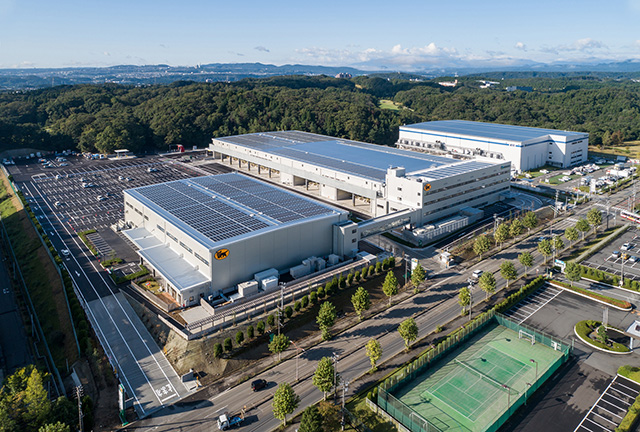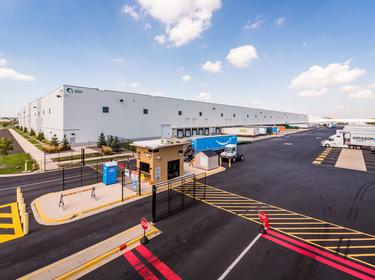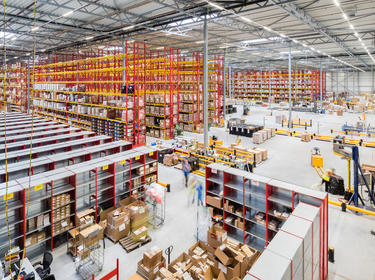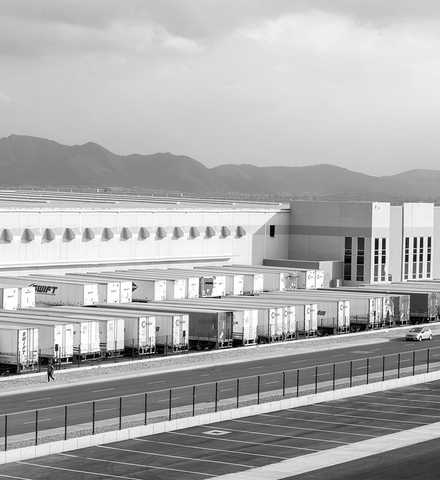
How to Manage an E-Commerce Warehouse
While a traditional warehouse typically involves processes for storing, picking and packing products, an e-commerce warehouse can do much more. In an e-commerce warehouse, the space often doubles as an online store and fulfillment center, where inventory is received and managed, orders are completed and returns are processed.
Managing an e-commerce warehouse successfully relies on organization. Fast-moving product should be stored in areas quickest and easiest to access. If you have products commonly purchased in bundles, it’s wise to keep those products close together, which allows for convenient cluster picking. Stock similar items together, much like in a grocery store, but keep them separated to avoid mixing SKUs.
Follow these tips to manage your warehouse efficiently:
- Process inbound stock quickly.
- Maintain strict quality control measures.
- Keep the warehouse safe and well lit.
- Provide ongoing training and support for your workers.
- Use the right technology, such as IT-enabled systems and distributed order management (DOM) systems.
- Reevaluate storage processes periodically and adjust as needed.






